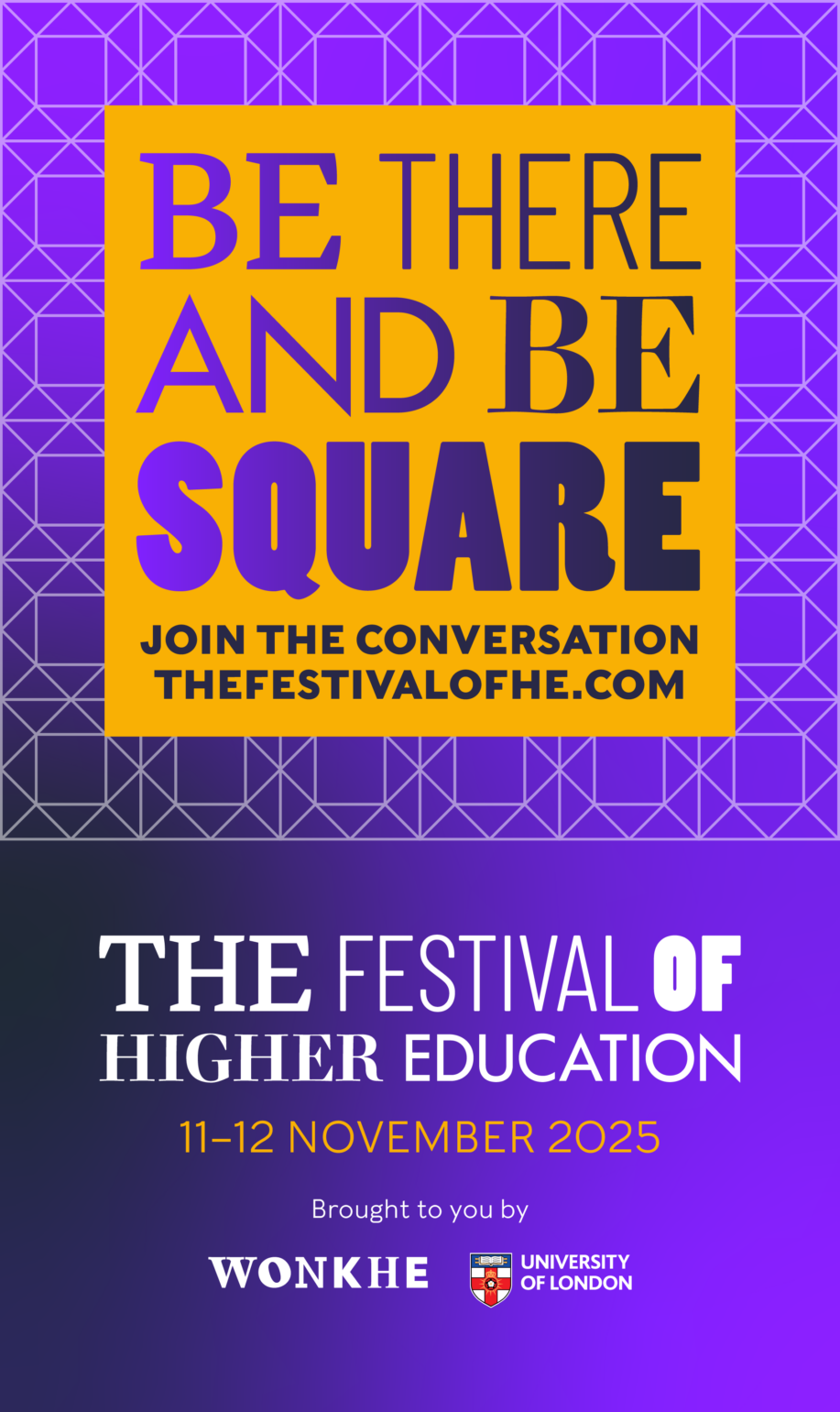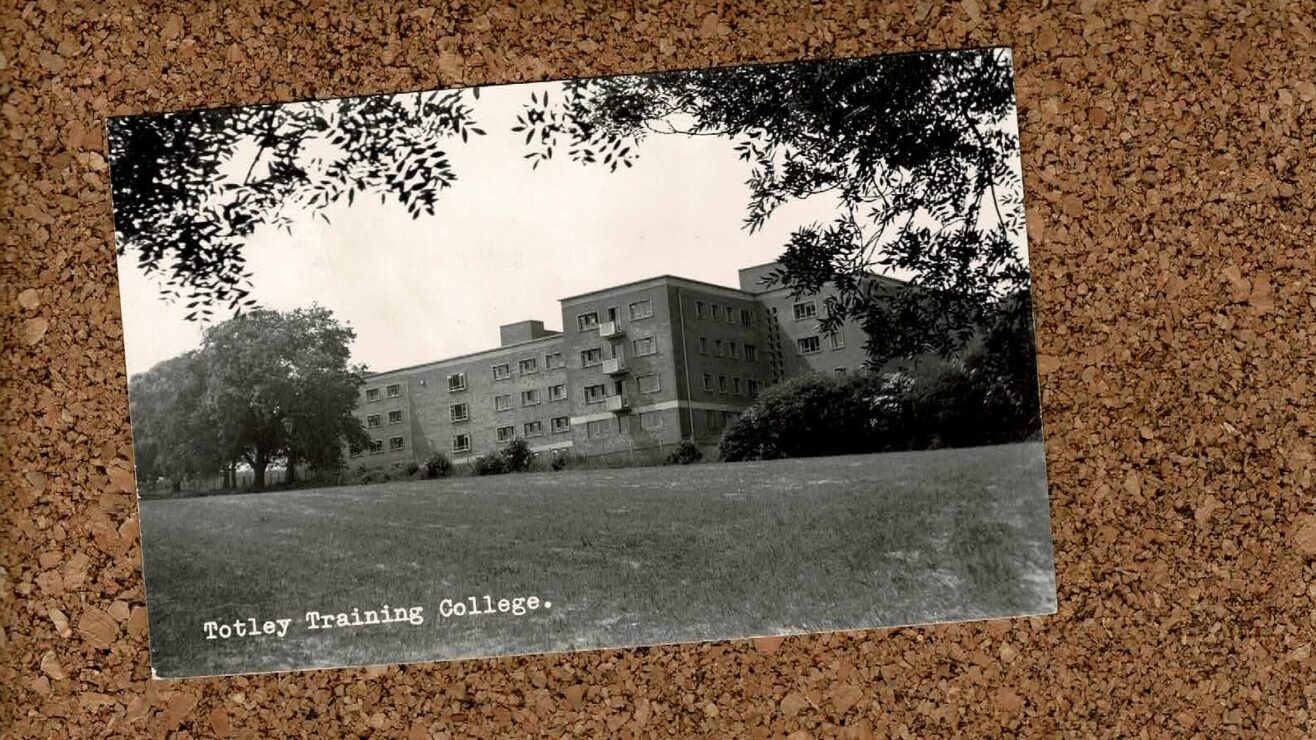Working within international education in three international schools over the past nine years has offered some eye-opening insights into UK education. A US diplomat’s graduation speech at my last school in Kazakhstan suggested that “to learn the most about your own country, you need to leave it.”
Armed with my Institute of Education PGCE and experience as a careers adviser and teacher in South London, my role now is to support our diverse International Baccalaureate (IB) Diploma student community in Finland. I help students decide where to go next and consider what to do after finishing school. In many cases, this involves applying to universities on different continents and helping the student to switch between different cultural mindsets.
I oversee applications to countries including Estonia, Finland, Sweden, Norway, Japan, Russia, Germany, Spain, the UK, the USA, and Canada. Understanding the country’s culture, and how this is reflected within the admissions process, is key to my role.
In the Nordic region, fairness is the key driver. To quote a Finnish counsellor at our annual Finland IB gathering: admissions in Finland works through “cold, hard, facts” – academic data calls the shots. Incidentally, it’s realistic to say a child could go to any Finnish school and later become prime minister.
America’s more holistic approach
To me, the most startling comparison is between the UK and the USA. I want to ask staff at UK higher education institutions to reflect on whether they choose students as “members of their community.” This is a significant driver of USA admissions and college culture. We should also reflect on what those students can become through free will, within an intentional university culture.
The USA admissions system is more holistic, by a long way. Academic performance via review of a four-year transcript, gives an insight to motivation and commitment, alongside ability. And grade anomalies are explored in the admissions process.
The view is that college and life are not a series of “end of phase exams.” Seeing an upward curve on Grade Point Average (GPA) is highly valued – it demonstrates engagement with the process and community. Additional data points supporting the transcript come from exam-based Advanced Placement (AP) courses, and standardised tests such as the SATs. It is actively encouraged and respected to take these tests a number of times, in order to grow and improve.
During a USA college fair we hosted with the Council of International Schools, a visiting admissions director identified the most reliable indicators of later university success to be “the four year transcript and the personal essay.” The student essay is USA college culture in a nutshell: making your story, coming from somewhere, and moving forward. It asks how do you define and identify yourself, not what you are inherently good at. There is no reference to academia in the essay. It asks instead: Who are you? What motivates you? Are you owning your narrative? After the main essay, individual colleges have their own questions, pertaining to each unique, intentionally created community. By contrast, UCAS has remained largely static, certainly since 1991 when I applied, other than moving from pen to keyboard – why?
Ivy League admission is impossible without demonstrated engagement in service to the community – especially via leadership – to create change. It requires students to contribute, at preferably international or national scales, to be a person who will make a difference in the college community and later as an alumnus. Extracurricular commitments, demonstrated over time, are also highly valued. A Harvard admissions tutor at the same fair also mentioned that “if a student can play ice hockey four nights a week and still produce those academic results, it’s a way to discern.”
These attributes and achievements, and quite a bit more (applications are thirty pages long), are verified through “recommendations” rather than references. These include various performance metrics. One counsellor “floodlight”, and two teacher “spotlight” letters have to match the story the applicant is illustrating. Applications lacking authenticity and consistency will struggle.
The reality of scholarship
Finally, the idea of the American dream can also be seen through the reality of scholarship, both academic and athletic. All USA students know if you get into those most competitive colleges (needs-blind) and you are from a low income background, your costs are 100% covered, regardless. At the College Board’s Summer International Institute, in New York 2016, an experienced admissions member referred to this as the “Robin Hood” process within admissions.
After spending a lot of time dealing with these cultural conundrums, and as a London-born Brit who grew up in a highly socially-stratified town in Dorset – I have come to question if UK universities are ultimately a reflection of how our society works.
I wonder whether, deep down, we are really comfortable with social mobility? Do we believe, as subtly evidenced through university selection, that ability and position are somewhat “fixed”? Our extreme, narrow academic pathway at 16+ reflects a “we-are-who-we-are” mentality and could, at some level, deliberately work to keep us in our place – wherever that may be. If the university is to be a truly transformative, socially dynamic experience that works as a public good, UK admissions culture needs to change.













